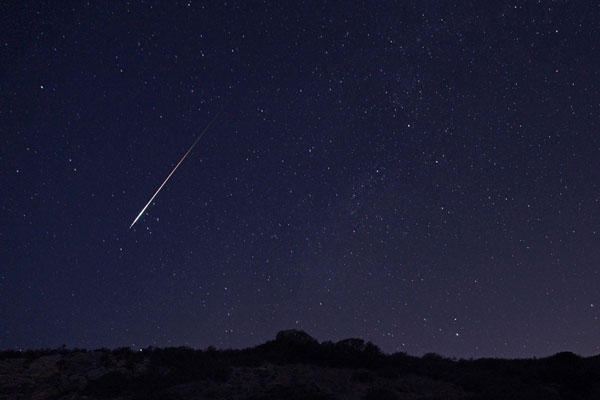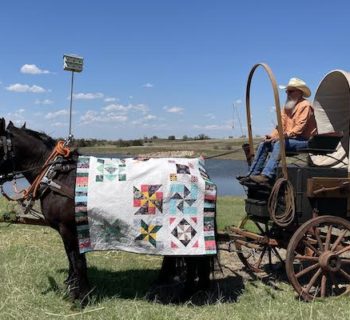ENID, OK - The year 2022 will start off with the peak of the Quadrantid meteor shower, which NASA calls one of the "best annual meteor showers," from January 3 into January 4.
In 2022, the Quadrantid meteor shower is active between 1 and 6 January. The great news is that this year’s show can be enjoyed without any annoying and frustrating glow from the Moon, which is ‘new’ on 2 January. The shower’s peak is predicted for around 8.40pm GMT (20:40 UT) on the evening of 3 January.
First seen in 1825, they originate from the small asteroid 1003 EH1, which was discovered in March 2003 by the Lowell Observatory Near-Earth Object Search.
The Quadrantids are also known as the Bootids. They have the potential to be the strongest shower of the year, along with the Perseids and the Geminids. This will be the final meteor shower of the season, ahead of several months with little celestial activity.
The Quadrantids can be seen best from the Northern Hemisphere, but poor weather conditions in early January could make viewing more difficult. Even if the skies are clear of clouds, a nearly full waning gibbous moon will continue to shine brightly throughout the weekend, making meteor-spotting tricky.
Get away from all bright city lights for best viewing, lay flat on your back and give your eyes about 30 minutes to adjust to the dark. Dress for winter weather and be patient — the show will last until dawn.
After the Quadrantids, another meteor shower won't occur for more than three months, when the Lyrids and the Eta Aquariids return at the end of April.








